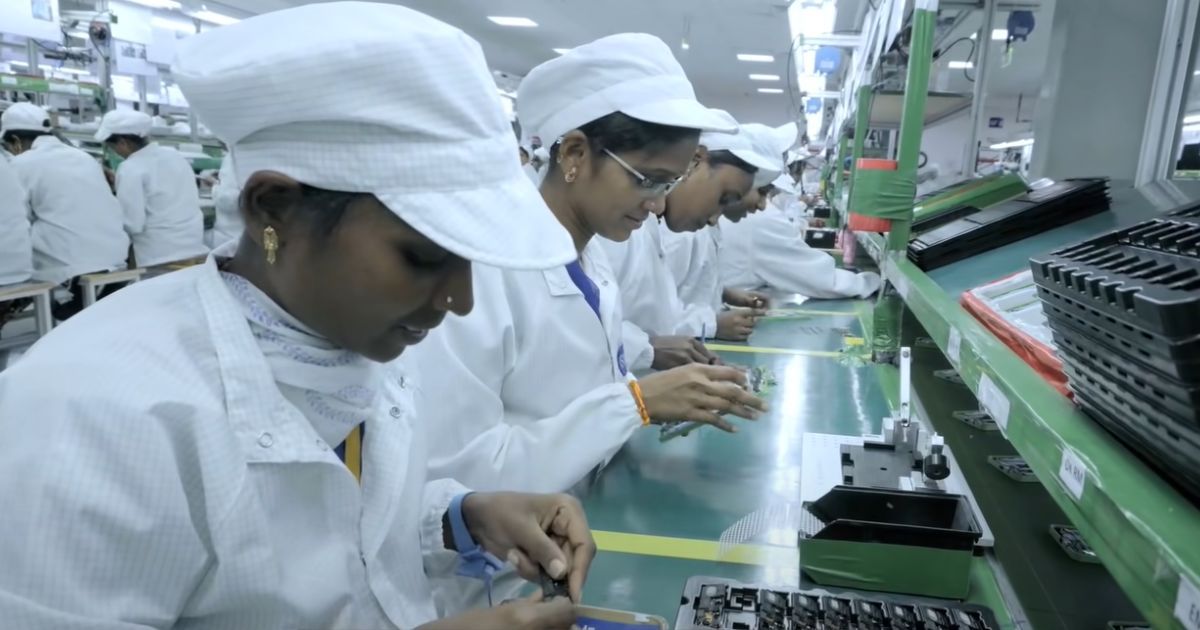
Today, most smartphones in India proudly carry the “Made in India” tag. But the truth is, they’re not entirely made in India – mostly, they are just assembled. That’s because India isn’t fully self-sufficient in making smartphone parts. So, many phone makers have to import certain components, mainly from China.
The challenge is that India puts a hefty import duty on these components, especially if they’re from China. This impacts the truly “Made-in-India” claims.
Xiaomi’s Take on the Matter
According to Reuters’ latest report, Xiaomi has informed the Indian government that suppliers of smartphone components are hesitant to set up operations in India due to increased government scrutiny of Chinese companies.
The report also states that Xiaomi has requested the Indian government to consider providing manufacturing incentives and reducing import duty for specific smartphone components.
Xiaomi, which assembles smartphones in India using mainly local components and the rest imported from China and other places, addresses these concerns in response to a query from India’s information technology ministry regarding enhancing the country’s component manufacturing sector.
Challenges in Achieving Truly Made-in-India Smartphones
It’s essential to keep in mind that the vision of a “truly Made-in-India” smartphone is complex and involves several factors beyond simple assembly. While India boasts a thriving smartphone assembly industry, achieving complete domestic production faces several challenges:
- India currently requires semiconductor wafer fabrication units (fabs) capable of producing the advanced chips used in modern smartphones. Currently, India heavily relies on imported semiconductors from Taiwan and China.
- We also lack robust production capabilities for various smartphone components like displays, batteries, and camera modules. While some domestic players exist, they often cater to lower-end segments.
What is the Indian Government Doing?
The Indian government is making strides to reduce some pain points for smartphone manufacturing in India. Recently, the Union Ministry of Finance announced a 5% reduction in import duties on crucial mobile manufacturing components, such as screws, SIM sockets, metal mechanical items, battery covers, front covers, main lenses, back covers, GSM antennas, and polyurethane foam cases.
Additionally, the government is implementing initiatives like the India Semiconductor Mission and PLI (Production Linked Incentive) to attract chip and component manufacturers, fostering a domestic ecosystem. Consequently, chip makers like Micron and Vedanta-Foxconn are discussing establishing semiconductor plants in India with various state governments.
While challenges persist, India is moving towards greater self-reliance in smartphone production. The future will likely witness an increase in “Made-in-India” phones with a growing share of domestic content. However, achieving complete self-sufficiency in the complex globalized tech industry remains a long-term endeavour.


















